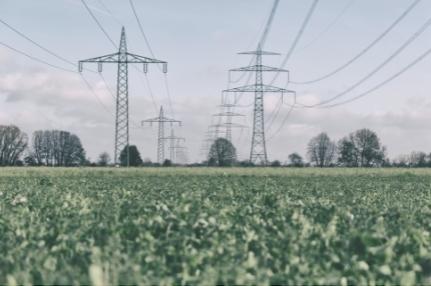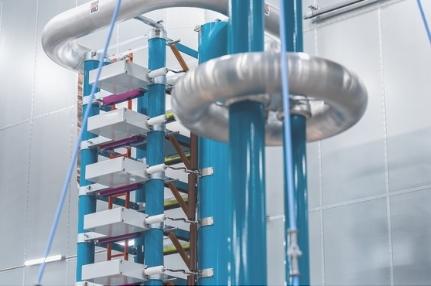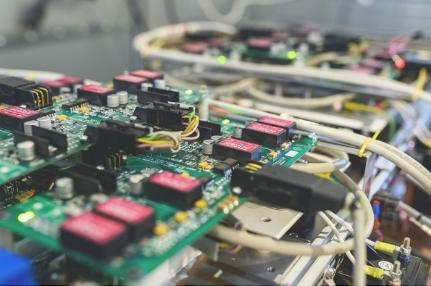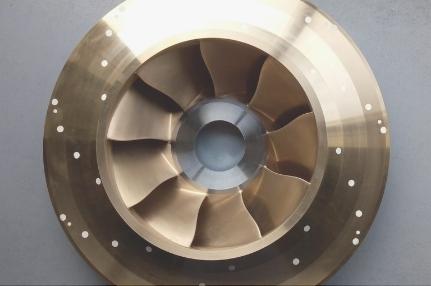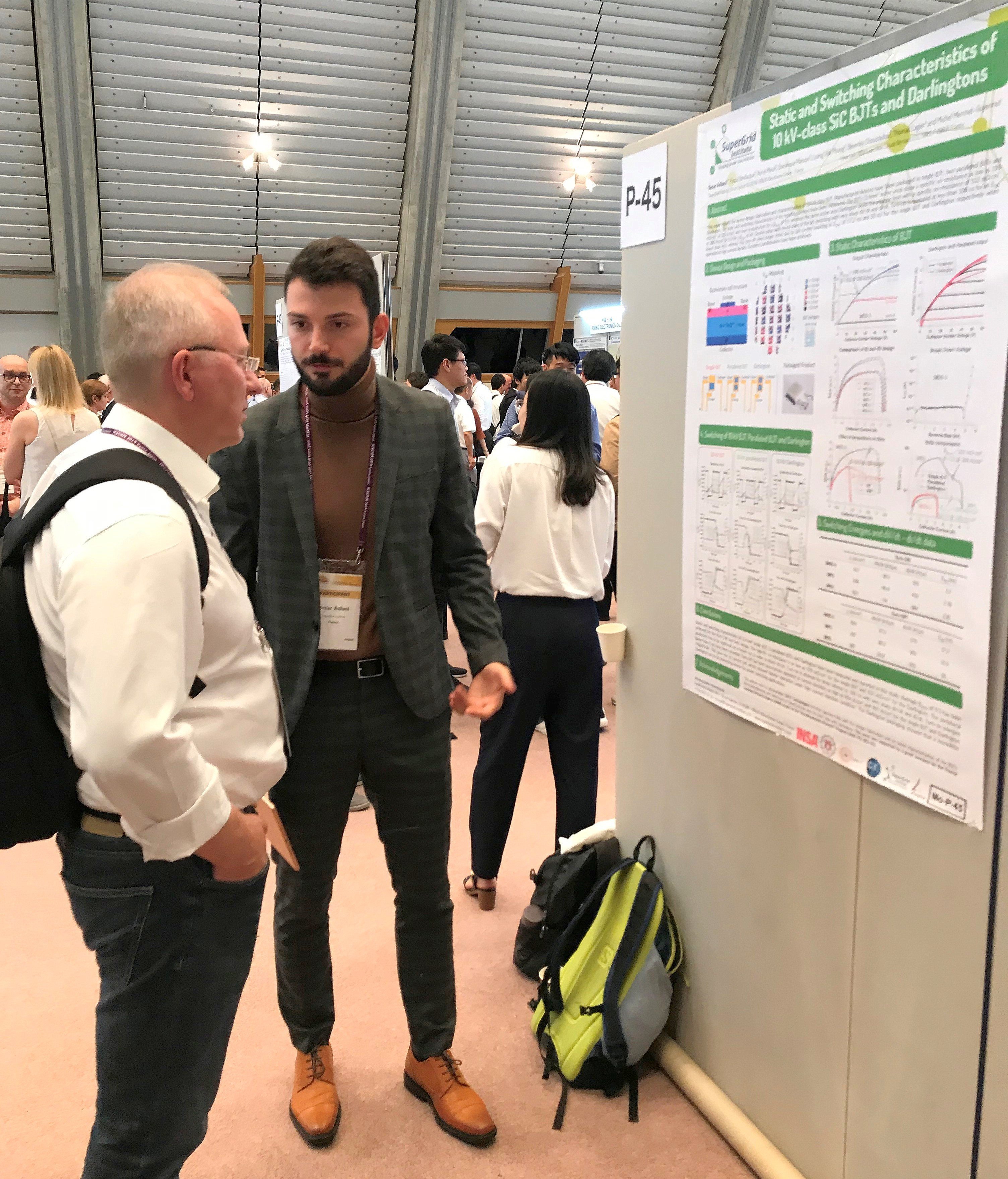Research & Collaboration
What makes us unique?
SuperGrid Institute owes its success to the people who make up our various research departments. Our teams come from diverse backgrounds in industry and academia, and their wealth of experience and skills make the Institute unique. Each individual brings specific expertise to the table.
This melting pot of knowledge offers opportunities for specialists from different fields to collaborate on new and innovative solutions to technical problems.
The Institute also benefits from close collaborative relationships with industry and academic institutions. The complementary strengths of our partners provide insights and innovative approaches to technical challenges. At the same time, we retain total independence in our research. Public-private investments and collaborative projects finance our work.
SuperGrid Institute’s state-of-the-art research facilities, test platforms and laboratories at the Villeurbanne and Grenoble sites are key to the success of our five research departments.

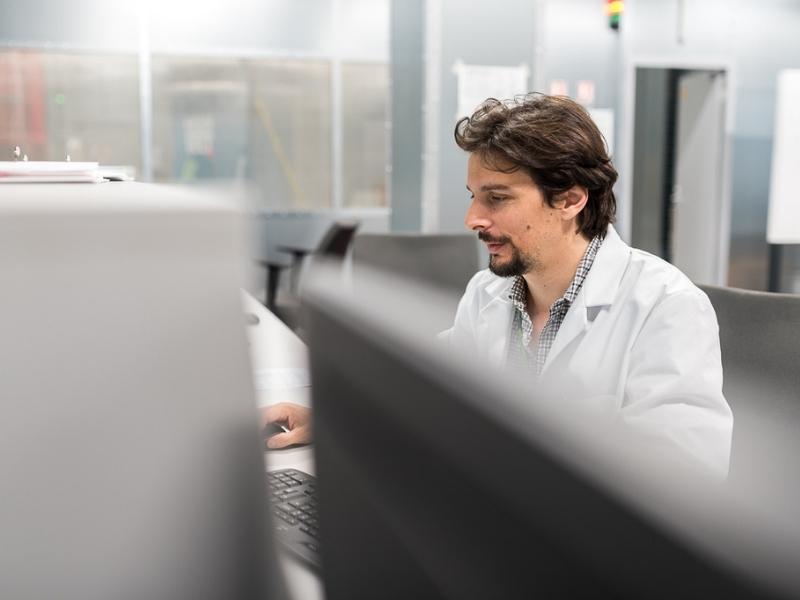
Latest scientific publications
Interest of using a micro-meter spatial resolution to study SiC semi-conductor devices by Optical Beam Induced Current (OBIC)
In this paper we present a new test bench called micro-OBIC used to characterized wide band gap semi-conductor. Micro-OBIC allows to scan an Optical Beam Induced Current (OBIC) signal with a microscopic spatial resolution. We used micro-OBIC to characterize peripheral protection such as MESA, JTE or JTE in high voltage SiC device.
Static and Switching Characteristics of 10 kV-class SiC BJTs and Darlingtons
This paper reports the device design, fabrication and characterisation of 10 kV-class BJT. Manufactured devices have been packaged in single BJT, two paralleled BJTs and Darlington. The static and switching characteristics of the resulting devices have been measured. The BJTs (2.4mm² active area) show a specific on-resistance as low as 198 mΩ·cm² at 100 A/cm² and room temperature for a βMax of 9.6, whereas the same active area Darlington beats the unipolar limit with a specific on-resistance of 102 mΩ·cm² at 200 A/cm² (β=11) for a βMax of 69. Double pulse tests reveal state of the art switching with very sharp dV/dt and di/dt. Turn-on is operated at less than 100 ns for an EON lower than 4mJ, whereas the turn-off takes longer times due to tail current resulting in EOFF of 17.2 mJ and 50 mJ for the single BJT and Darlington respectively when operated at high current density. Excellent parallelisation have been achieved.
Liquid spray injection in the expansion volume of a CO2 high voltage circuit breaker
Most high voltage gas circuit breakers (HVCB) in operation use SF6 as the arc interruption medium because of its high dielectric strength and good arc interruption properties. However, SF6 also displays a high global warming potential which motivates the investigation of possible alternatives to this gas.


